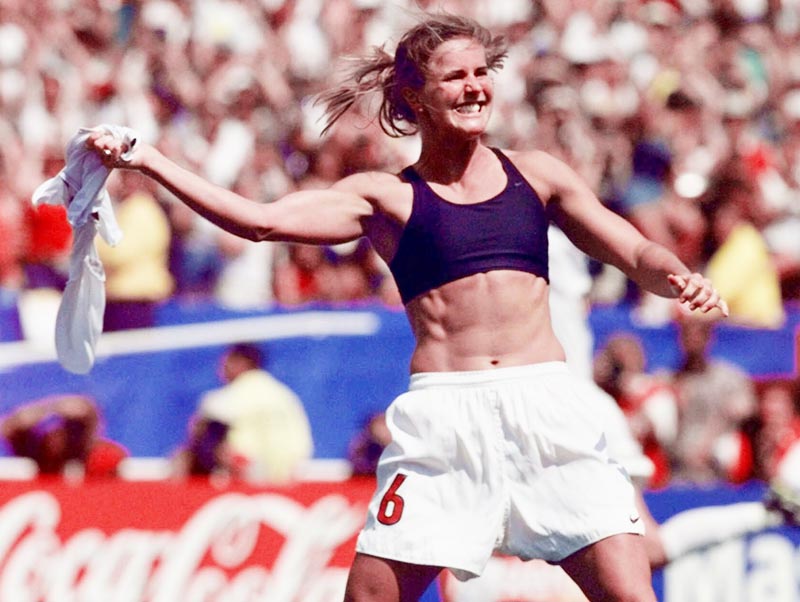
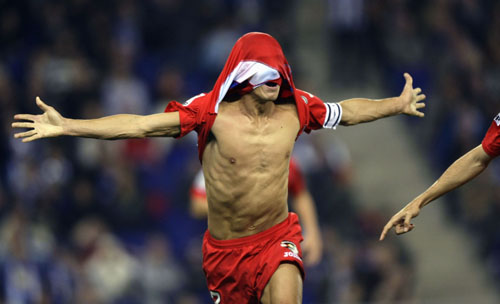
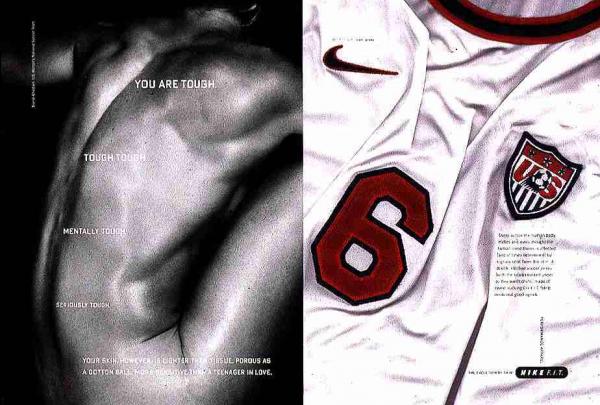
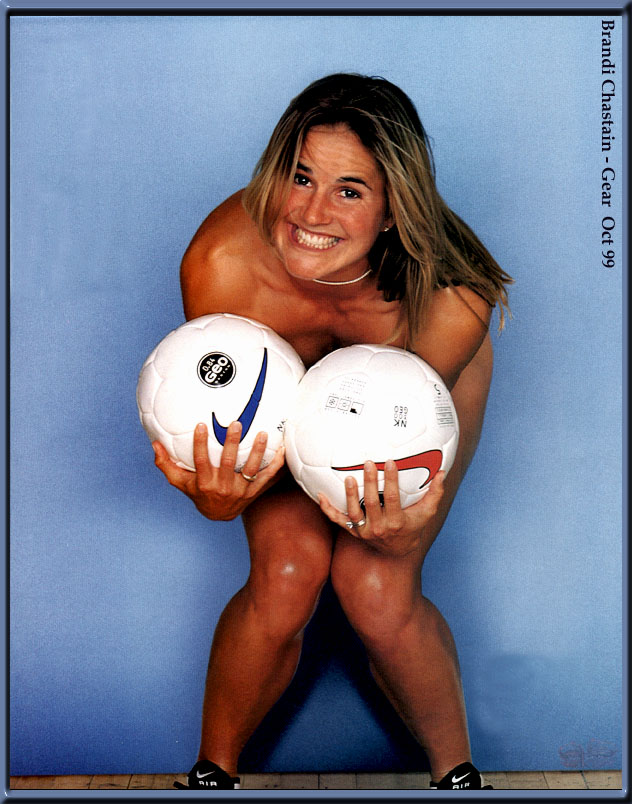 |
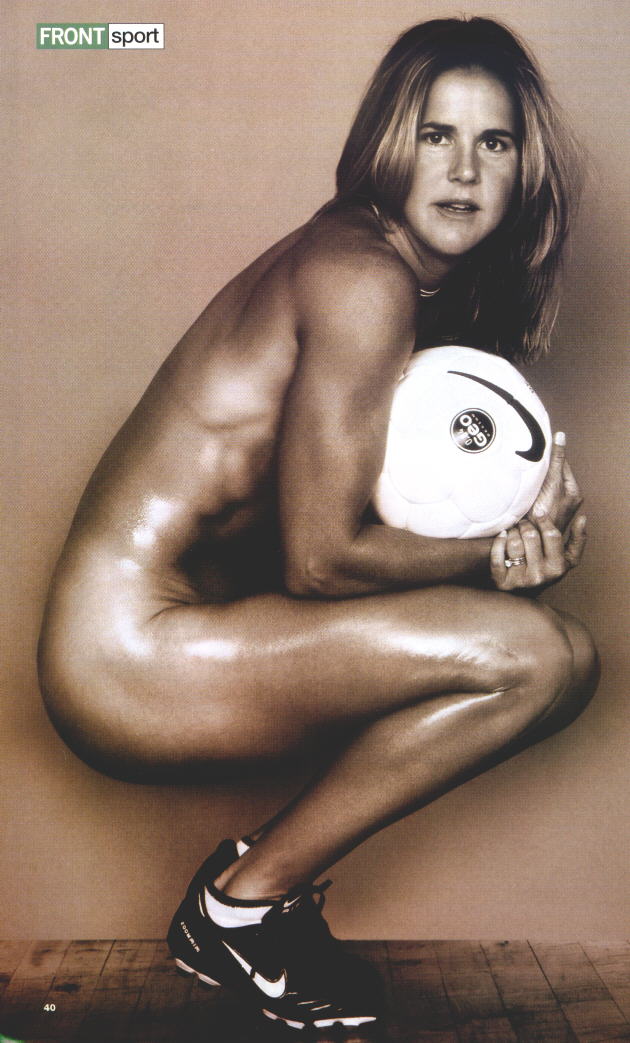 |
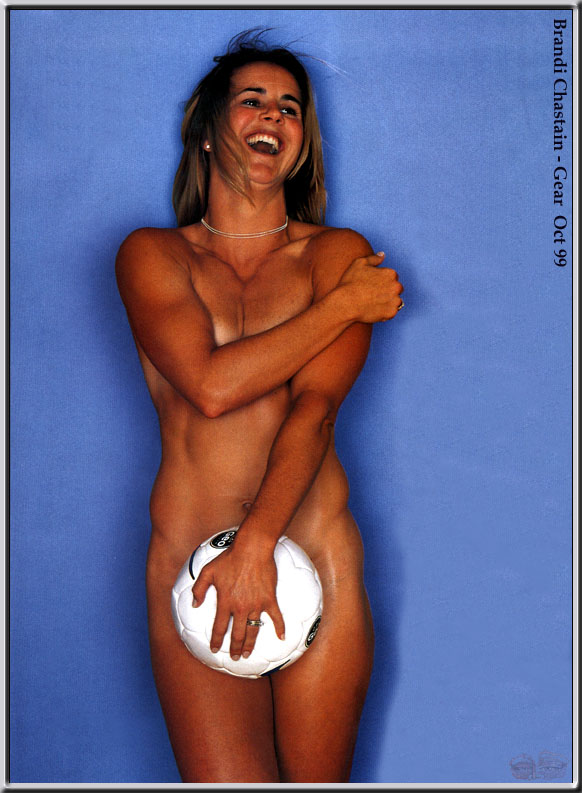 |
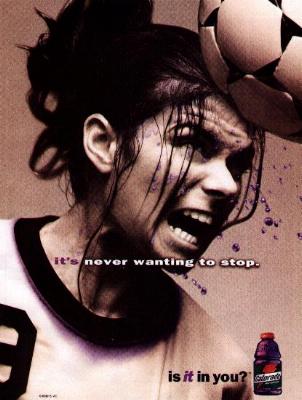 |
Mia Hamm on the other hand, is known for being an amazing soccer player and the icon of girls in my generation. She has written books on the game and gives speeches to help inspire up-and-coming soccer players and women in general. This advertisement for Gatorade isn't aimed just towards women. As seen in the ad, Hamm looks powerful and aggressive. Unlike her teammate it is hard to see how Mia is being sexualized, until the words are read. The slogan "is it in you?" can be glanced over but combined with "it's never wanting to stop" could suggest something far less athletic and far more heteronormative. For example, as a younger scholar, I remember replacing anything sexual with the word "it" because it was embarrassing to say "penis" or "sex." | |
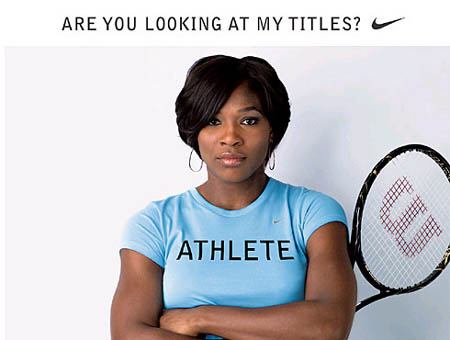 |
Moving away from soccer and into a more feminized sport, tennis, Serena Williams will be the case study in her advertisement for Nike. "Nike, which has been praised by some for its 'empowering' messages in regard to female sports, has 37% of the women's sports market" (Lynn et al. 336). This ad again forgoes the name of the athlete replacing it with cultural references, a tennis racket in this instance. It's headline "Are you looking at my titles?" forces and confronts the viewer into looking at her prominent chest with the word "ATHLETE" just above, and then makes the viewer feel guilty for doing so. Williams is also very feminine in this advertisement, she is wearing an obvious lip-gloss and her hair is done nicely. Her large hoop earrings also suggest femininity and beauty. If this ad doesn't say enough to show the perpetuation of women's sexulization, take a look at the next couple of tennis images showing Ana Ivanovic in a couple of different advertisements. I shouldn't even have to mention famous golfer and model, Anna Rawson, but she is clearly being overtly sexual and sexualized in this advertisement for Golfpunk. | |
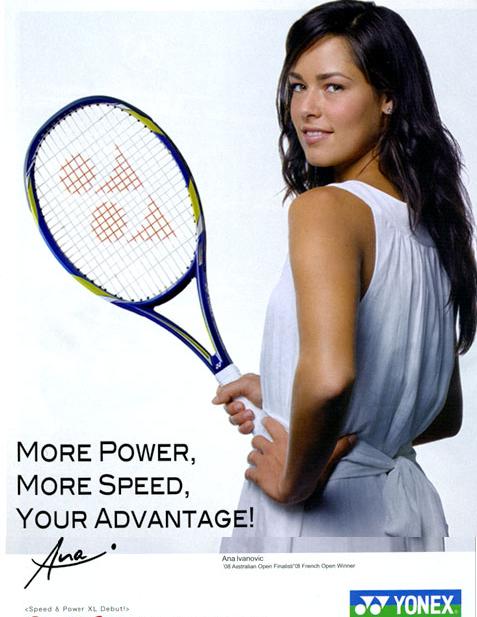 |
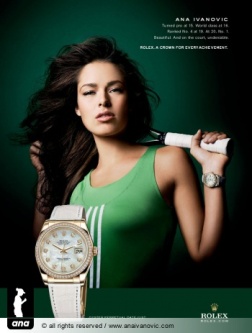 |
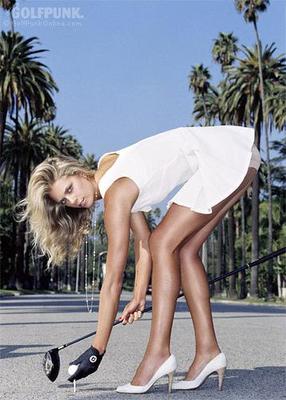 |
Works Cited
Lynn, Susan; Hardin, Marie; Walsdorf, Kristie. "Selling (out) the Sporting Woman: Advertising Images in Four Athletic Magazines." Journal of Sport Management, 18.4 (Oct 2010). 335-349. Web.
Rose, Gillian. Visual Methodologies: an Introduction to the Interpretation of Visual Materials. London: SAGE Publications, 2007. Print.
Images (click)
Chastain Shirt Celebration
Man Shirt Celebration
Chastain Ad
Hamm Ad
William's Titles
Yonex
Rolex
Golfpunk